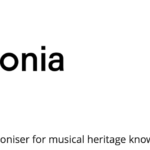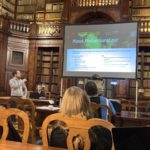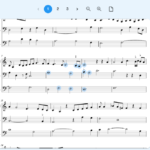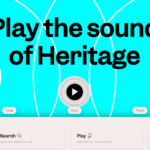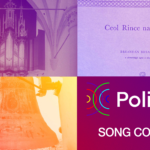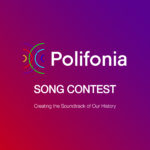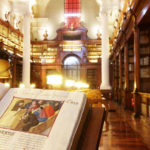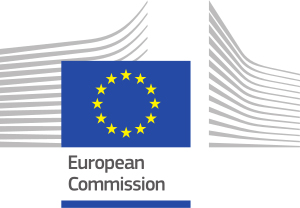Combining music and visual art: A workshop with the Apollo Youth Panel at the Irish Museum of Modern Art (IMMA)
Following Polifonia’s successful Dom Tower excursion (ORGANS pilot) and Haptic Device workshops (ACCESS pilot), Polifonia again invited music lovers to come and explore music in relation to (art) history. Paul Mulholland (leader WP5) invited the Apollo Youth Panel to try out the Deep Viewpoints app with an exhibition at the Irish Museum of Modern Art.
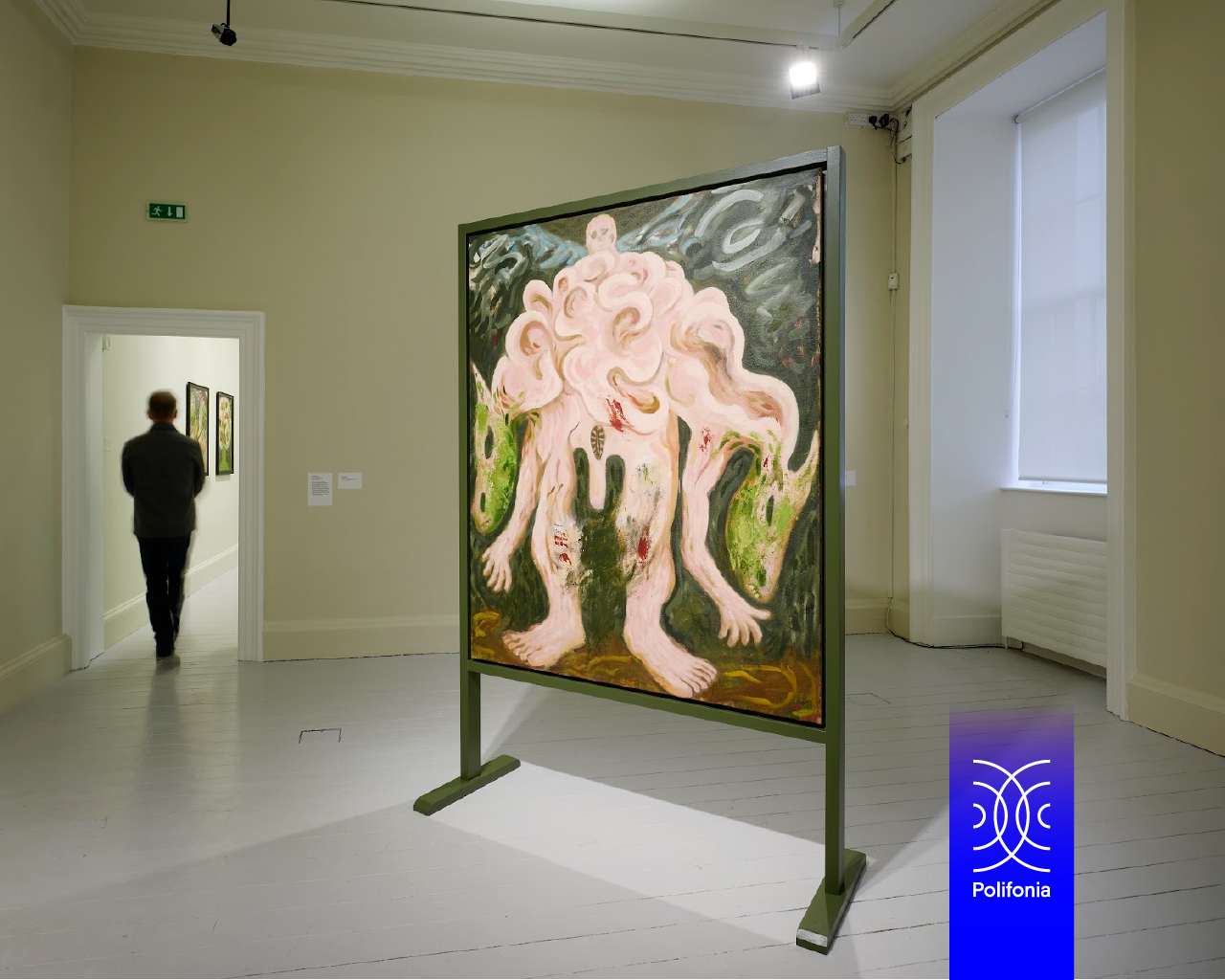
Following Polifonia’s successful Dom Tower excursion (ORGANS pilot) and Haptic Device workshops (ACCESS pilot), Polifonia again invited music lovers to come and explore music in relation to (art) history. Paul Mulholland (leader WP5) invited the Apollo Youth Panel to try out the Deep Viewpoints app with an exhibition at the Irish Museum of Modern Art.
What might a painting sound like? What might a piece of music look like? Does listening to music while looking at an artwork change what you see and what you hear?
These were some of the questions explored in a workshop at the Irish Museum of Modern Art (IMMA) with the Apollo Youth Panel from the National Gallery of Ireland.
The workshop started with a visit to the Kevin Mooney exhibition which, through a series of paintings, imagines the missing visual culture of Ireland lost to history due to poverty, famine and mass migration. The panel investigated how listening to different pieces of music while looking at the same painting drew your attention to different aspects of the painting and made associations to different features of the music such as its tempo, mood and genre.
The panel then used a museum app, called Deep Viewpoints, to explore a set of scripts developed by musicologist Naomi Barker uncovering different connections between works in the IMMA collection and pieces of music from the classical to the contemporary. Deep Viewpoints, originally developed in the H2020 SPICE project to support slow looking at visual art, has since evolved to support looking and listening across visual art and music.
Finally, the panel used Deep Viewpoints to create their own scripts spanning the musical and the visual, proposing their own soundtrack to the Kevin Mooney exhibition.
The workshop sparked many interesting conversations and showed how music and visual art can work together to enhance what you see and what you hear.
The workshop shed light on two research questions of relevance to the interfaces being developed in WP5. First, the workshop revealed ways in which visual representations can help music listeners to understand and describe what they hear, for example, by selecting an image that matches the mood of the song, or using an image to help you focus on the tempo of the music. Second, the workshop demonstrated new ways in which people can socially support each other in understanding music, for example, by making and sharing new associations between pieces of music and other artforms, or creating educational activities that guide the listening experience.
Paul Mulholland said “Polifonia is developing large knowledge graphs that make connections across European music. In the workshop we learned more about how interfaces can be used to support the music listening experience and build a social layer to the knowledge graph in which people can develop and share their own interpretations of music.”
About WP5 Human Interaction with Musical Heritage
The aim of WP5, led by Paul Mulholland (OU), is to research and develop highly interactive inter-operable user interface tools to allow scholars, musicians and other consumers of musical content and knowledge to access, engage with, explore and reuse the resources.
Image Credits: Installation view Kevin Mooney, Revenants, IMMA, Dublin. Photo: Ros Kavanagh.
